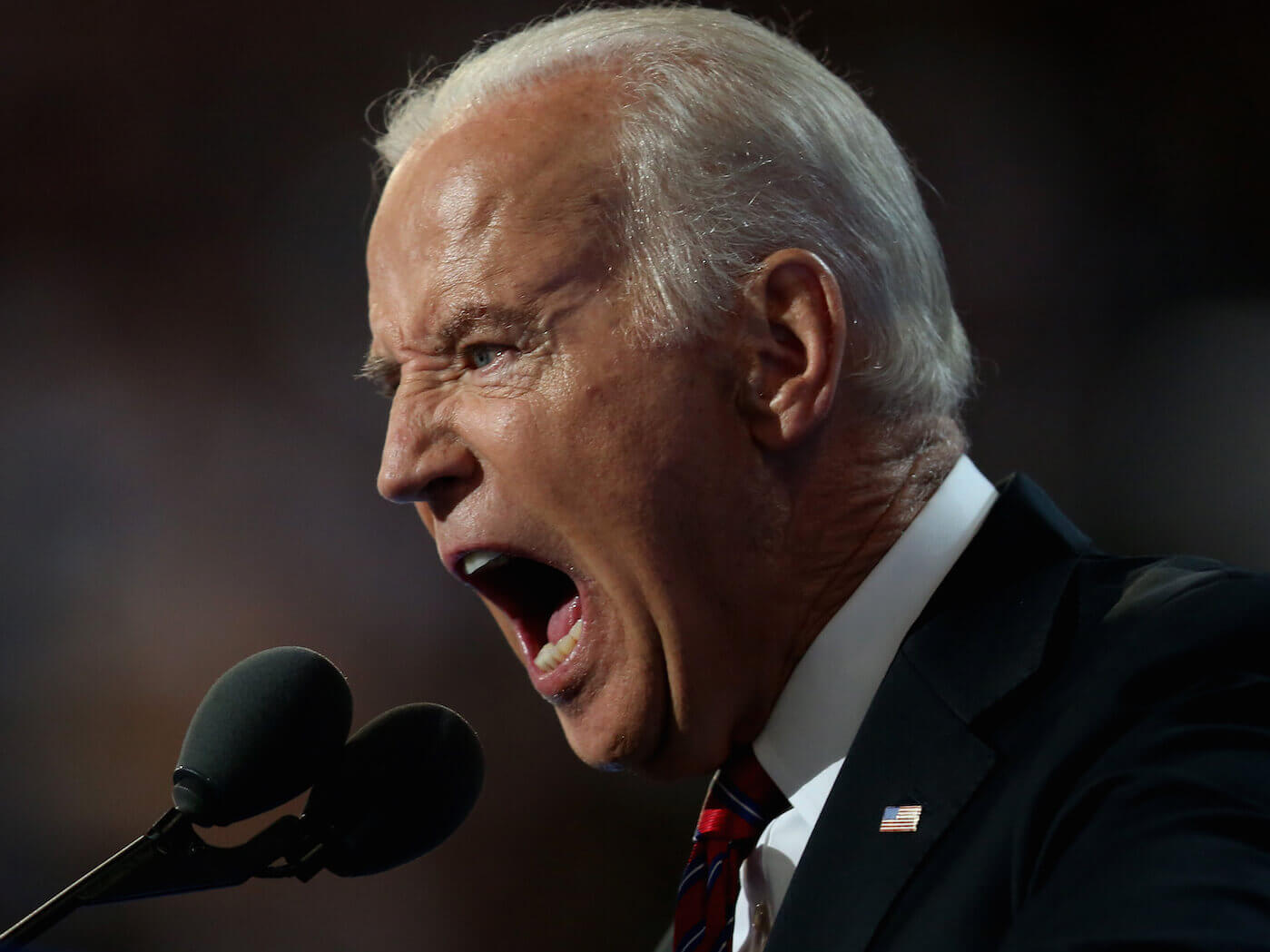What Happened?
In early February, the US shot down a high-altitude surveillance balloon from China, accusing it of carrying out espionage activities over American airspace.
Washington reported shooting down several such unidentified objects in the following weeks. It went on to widely publicise the occurrences by briefing envoys from over 40 countries regarding the balloon, arguing that it was sharing relevant intelligence with other countries “who may also be susceptible to these types of operations.”
China slammed the US’ approach, defended itself saying that the balloon was simply a weather device that had flown astray, and asked the US to return it.
However, the US’ choice of turning the incident into a global and public spectacle, since first spotting the balloon over Montana, prompted China to slam the US of “overreaction.”
Was the Danger Real?
BREAKING: US fighter jet shot down the China spy balloon - ‘it’s falling down’ pic.twitter.com/Sv6i7Nd49I
— Insider Paper (@TheInsiderPaper) February 4, 2023
Although the said balloon is known to have included digital cameras, radar, and signals and communications gear, early comments from some US officials indicated a clear dismissal of the balloon’s danger.
A US government official quoted by The Post described China’s balloon program as “an unbelievably old technology” that was “married with modern communications and observation capabilities.”
In contrast, a former senior US intelligence official told Slate that the balloon’s cameras might have higher resolution than those mounted on imaging satellites. In addition, other devices onboard may intercept line-of-sight microwave signals.
Simply put, the officials pointed to the spy balloon’s potential as not being completely negligible. The balloon may have helped China get the same information that US surveillance drones collect when flying over a place of interest, such as a terrorist camp, he said.
However, the expert believed that its actual threat to national security was “little to none,” in comparison to China’s “extensive cyber penetrations and human spying activities.”
The source claimed that China collects “terabytes of data” from defence industries and other sites on a regular basis, and its “expansive human spy network” targets industry and academic organisations.
#WATCH | China acted irresponsibly by violating our sovereignty. This is not something that only American people have seen in recent days. China's irresponsible actions were visible to the world...: US State Dept Spox Ned Price on Chinese spy balloon
— ANI (@ANI) February 9, 2023
(Source: US Dept of State) pic.twitter.com/6Fqv7D5DbL
Exaggerated Threat
In short, while the balloons may have provided China with a little extra information, it probably did not justify the furore that ensued.
As an indication of the balloon’s harmlessness, US President Joe Biden stated that he will not ruin relations with China over the incident. Had the device’s threat been truly as grave as Washington paraded it to be, it would have chosen to take steps more severe than this, and the intelligence community would have likely kept the matter guarded in order to tackle it efficiently.
Moreover, since the US government has claimed to have spotted the balloon on at least three occasions during the previous administration’s rule, it seems uncanny that the States chose to make noise over it only last month, while having ignored such a “serious” national security threat on multiple occasions in the past.
📝🇨🇳⚡️🇺🇸China says 'no intention' of violating US airspace with spy balloon: "The Russian first four Marker robots arrived in the region on schedule. We are starting to upload target images, work out combat algorithms as part of a group of combat robots, pic.twitter.com/i1h3vCRXDx
— 🌐World News 24 🌍🌎🌏 (@DailyWorld24) February 3, 2023
A PR Strategy to Cover Up Something Bigger?
The timing of the public drama appears to have been engineered to coincide with claims of the US’ possible involvement in destroying the Nord Stream pipeline.
The mounting expert evidence against the US’ claims of the balloon’s danger, and the intense hype it created surrounding the situation, give it the appearance of a PR strategy focused on hyping up the “China threat,” which is a convenient bait to appease domestic voters and those sceptical and unsupportive of the Asian giant’s growing influence.
Conclusion
Against this backdrop, it appears that the US may have overreacted to the incident.
That said, it is worth noting that even if the balloon’s potential is limited, it still constitutes a violation of US airspace and must be met with smart countersteps.
While relations with China remain tumultuous, with US lawmakers’ frequent visits to the self-governing island of Taiwan and growing tensions in the Indo-Pacific, the US must make sure not to stretch the incident to the extent that makes it difficult for the two powers to coexist.
Any disruptions in their economic activity are bound to have a global impact, and the repercussions will affect players that have no skin in the game, as it were.
Given the vast potential of their cooperation, as well as the far-reaching impacts of their animosity, it is imperative that the US go easy on its anti-China rhetoric. While a belligerent approach towards Beijing may be convenient, conflict must be prevented under the present international security backdrop and reserved for exchanges that have real weight.

